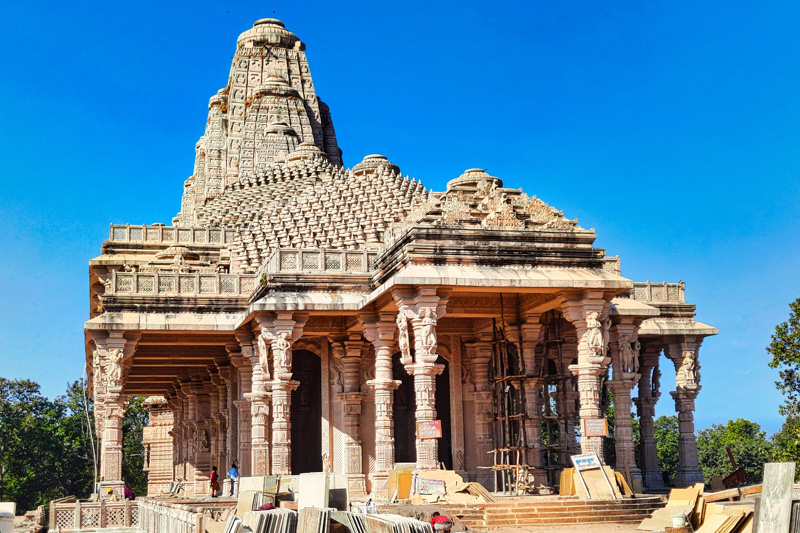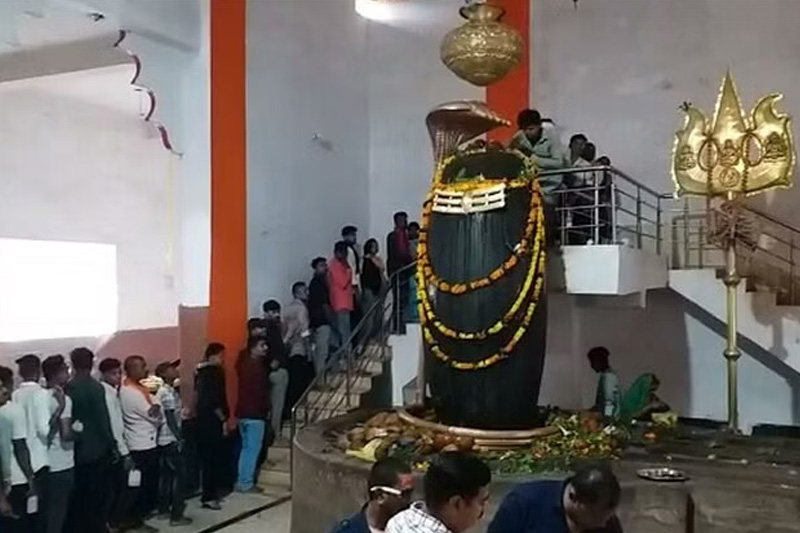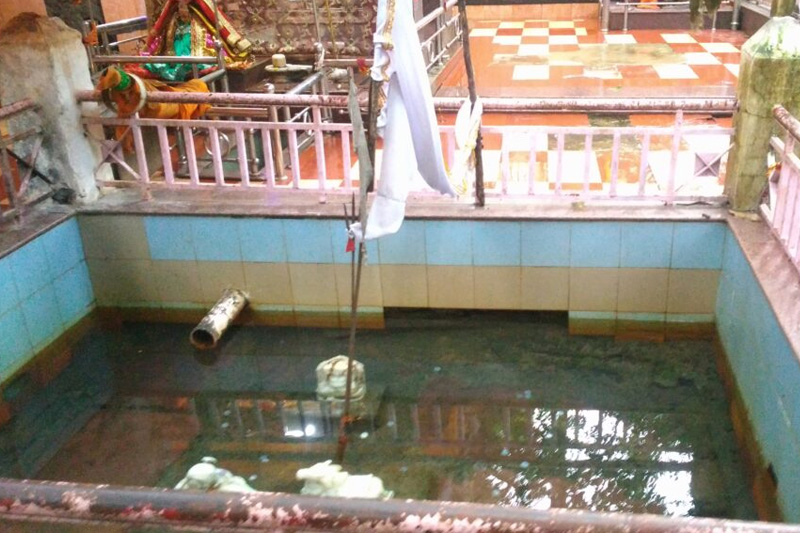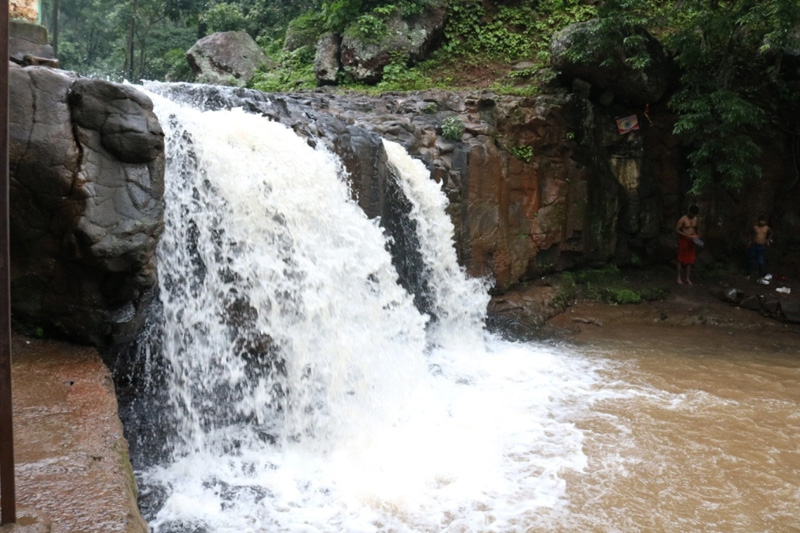
Amarkantak
In the vast expanse of India, the town of Amarkantak holds a special place as a sacred religious treasure, closely linked to the Narmada River. This remarkable river, Narmada, originates from the serene Amarkantak, situated in the Pushprajgarh tehsil of Madhya Pradesh’s Shahdol district.
With its direct connection to the Narmada River, Amarkantak’s religious significance becomes even more profound. Whenever we talk about India’s rivers, the name Narmada is spoken with great reverence.
Flowing gracefully for centuries, this beautiful river has embraced numerous religious traditions and continues to share its holy waters with others.
Whether it’s the Ghats of Amarkantak or the banks of Omkareshwar, the Narmada River stands as a symbol of purity in itself. It has been venerated by Hindus for countless generations. This river is the largest in western India, a true emblem of sanctity and spirituality.

This river emerges from the hills of Amarkantak in Madhya Pradesh. Due to its meandering course, it flows from west to east in the Narmada Valley, creating a serene environment with its deep, soothing flow. As it gracefully weaves its way through the surrounding landscape, the river adorns the region with its natural beauty. Constantly enriching others with its waters, this river flows with timeless elegance, a symbol of nature’s grace.
Amarkantak is the sacred confluence where spirituality and natural beauty coexist in harmony. This place has a rich historical significance dating back to the time of the Mahabharata. Shankaracharya, during his pilgrimage across India, spent some time here and established several temples. The Kotitirtha area houses a cluster of temples, including the Pataleshwar Mahadev Temple, dedicated to Shiva, Vishnu, Johila, and Karna. These temples are historical treasures now preserved under the Archaeological Department.
What makes these temples truly unique is their exquisite architecture carved from stone. The intricate craftsmanship is nothing short of a masterpiece, a true testament to the art of architecture. In the Pataleshwar Mahadev Temple, the main Shiva Lingam is positioned ten feet below ground level, and during the month of Shravan, the holy waters of the Narmada reach this sacred site.
Amarkantak is not just a religious center but a place where spirituality meets the lush beauty of nature. On one side, you’ll find historical temples, and on the other, the origin of several rivers amidst dense forests. Over the years, various rulers, including the Nag, Kalchuri, Maratha, and Baghel dynasties, have contributed to the embellishment of these temples.
Around a kilometer from Kotitirtha is “Sonamung,” also known as Sonamuda. It’s the point where the Son River originates, which eventually meets the Ganges River to the north. The Son River is often referred to as the “Golden River” due to the presence of gold particles in its waters. Sonamung offers a breathtaking natural view, a delight for nature enthusiasts. You may also encounter a troop of langurs who eagerly accept offerings from visitors.
About a kilometer away from Kotitirtha is “Jaleshwar Mahadev.” Amarkantak is, in every sense, a representation of heaven on Earth. Jaleshwar Mahadev is where the Johila River originates from the Son River. This place provides a spectacular view of sunrise and sunset, creating a mesmerizing ambiance.
Amarkantak is a land where spirituality and natural beauty intertwine, where history and nature converge, making it a unique and enchanting destination.
- Narmda Kund
- Kapil Dhara
- Trimukhi Temple
- Sonakshi Shakti Peeth
- Mayi ki bagiya
- Shri Jwaleshwar Temple
- Kalchuri Kaal Temple
- Sarvoday digambar jain temple
- Kabeer Kothi / Chabootra
- Sonmuda
- Dugha Dhara Falls
- Dhuni Pani
- Shri Yantra Mandir
- Amreshwar Temple
- Rajendra Giri









